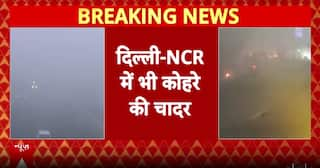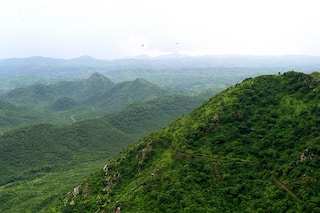Delhi Third In The List Of States With Most Contaminated Sites; Odisha Tops
Remediation work has been started to clean up 14 contaminated sites in 7 states including Gujarat, Jharkhand, Kerala, Maharashtra, Odisha, Tamil Nadu and Uttar Pradesh.

New Delhi: Central Pollution Control Board recent data states that Delhi stands third on the list of states and Union territories with most contaminated sites. Odisha tops the list and Uttar Pradesh is second.
There are 112 sites in India contaminated by toxic and hazardous substances. Besides, there are 168 sites that may be contaminated but require investigation and confirmation, as per the CPCB. Odisha has 23 contaminated sites, Uttar Pradesh has 21 and Delhi has 11.
ALSO READ: Centre Approves COVID-19 Vaccination For Indian Army Veterans, Dependents Of Armed Forces Personnel
The 11 sites including industrial sites like Jhilmil, Wazirpur, New Friends Colony, Dilshad Garden and Lawrence Road and landfill sites like Bhalswa and Ghazipur. Also, there are 12 "probably contaminated sites" in the national capital states a PTI report.
According to the Union Environment Ministry the PTI report states, ''Contaminated Sites'' are delineated areas in which the "constituents and characteristics of the toxic and hazardous substances, caused by humans, exist at levels and in conditions which pose existing or imminent threats to human health and the environment". These may include production areas, landfills, dumps, waste storage and treatment sites, mine tailings sites, spill sites, chemical waste handler and storage sites located in various land uses.
Whereas, ''Probably Contaminated Sites'' are areas with alleged but not scientifically proven presence of such contaminants or substances.
Under the direction of National Green Tribunal, remediation work has been started to clean up 14 contaminated sites in 7 states including Gujarat, Jharkhand, Kerala, Maharashtra, Odisha, Tamil Nadu and Uttar Pradesh. The work involves cleaning of contaminated soil, groundwater, surface water and sediments using various in-situ or ex-situ clean-up technologies up to a predefined remediation target levels for each identified constituent.






































